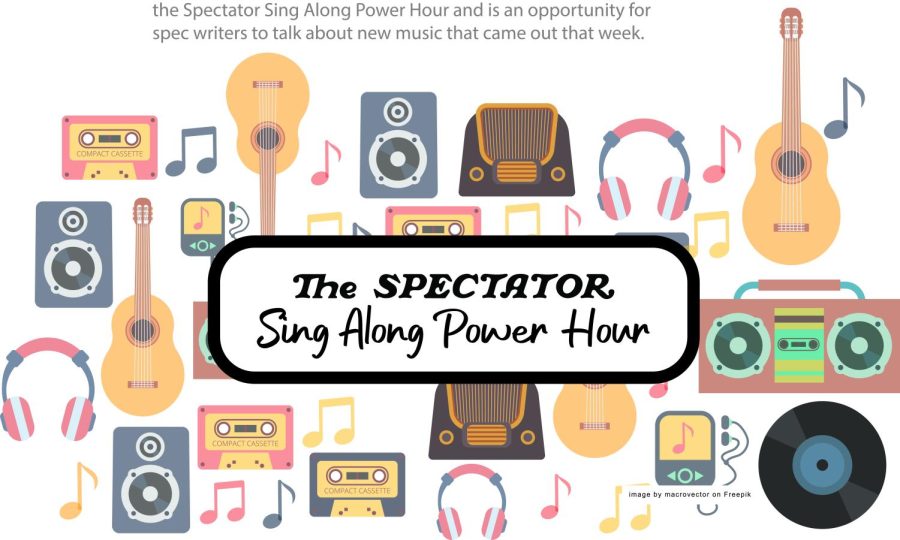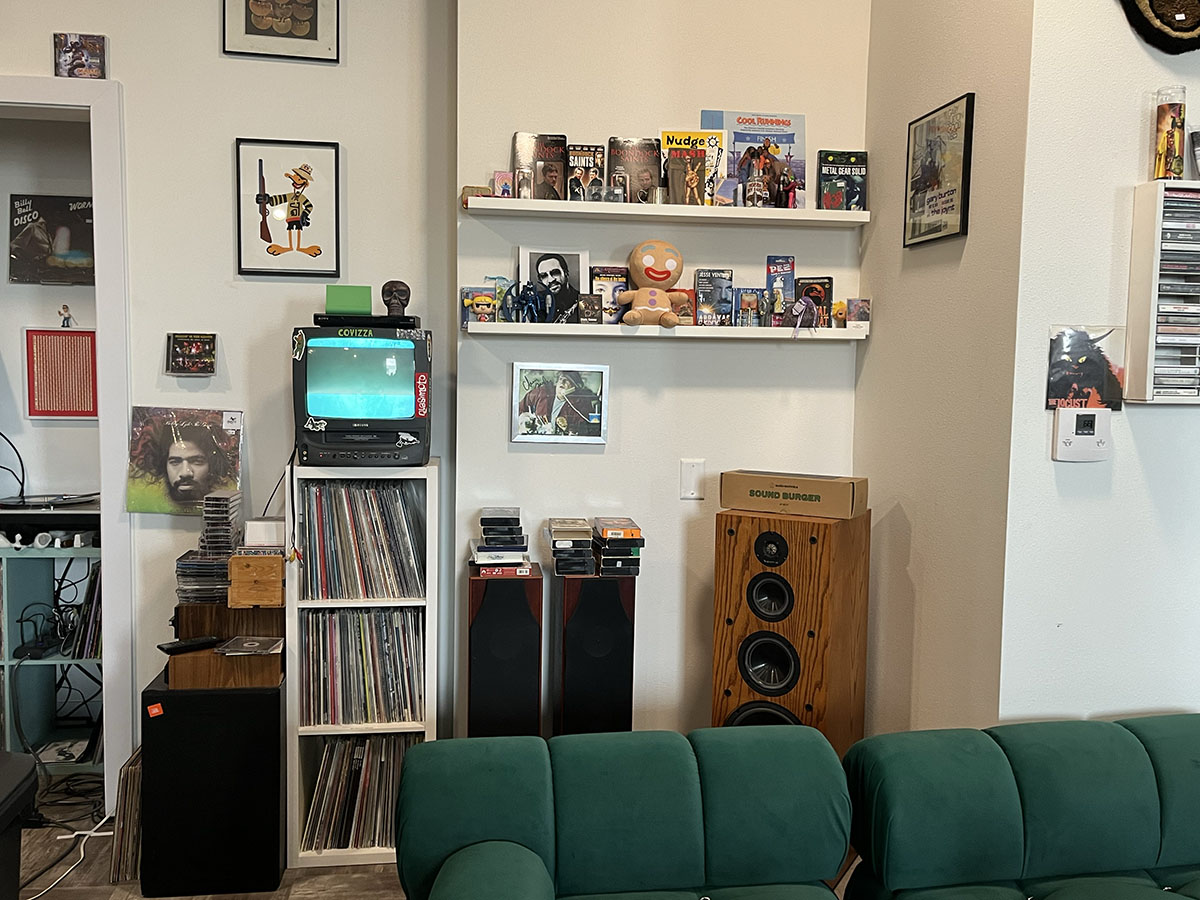Why make your own notebook?
Let’s face it: notebooks can get downright pricey. And despite the endless rows of school supplies at the start of the academic year, it is often difficult to find a notebook that fits your specific preferences. What if you don’t like wide-ruled or college-ruled line heights? What if you don’t want five sections or three sections but the elusive four-sectioned notebook? Compromise is no longer your only option: follow these simple steps to learn how to make a customized notebook of your very own.
Materials:
Paper (50-100 sheets, depending on your desired notebook thickness)
Instructions
Step 1: Pick your layout.
Now that you have committed to making your own notebook from scratch, a wide variety of layout possibilities are available. Consider, for example, the Cornell method for note-taking. According to the Dartmouth college website, the Cornell method for note-taking optimizes knowledge recall and retention by dividing the page into three sections:
The website recommends that students record class lecture notes in the right column, summarize the content in the bottom section, and add recall cues in the left column for reviewing after the class. These sections do not need to be used for these exact purposes, of course, but the structure is a good starting-out point. For more information about note-taking tips, visit http://www.dartmouth.edu/~acskills/success/notes.html.
Step 2: Create the template.
A simple web search for “Cornell note taking template” yields dozens of free documents that can be downloaded and modified. However, with some basic Microsoft Word skills, it is very easy to make the template from scratch. Simply insert a table with two columns and approximately 25-35 rows (depending on your desired line heights). Merge the very bottom row and the very top row (the top row is a personal addition). Merge all of the remaining rows of the left column to make one large sidebar. You may also wish to have an odd and even page, with the margins adjusted accordingly to leave room for the binding.
Step 3: Print the pages.

This is a great chance to use your campus resources: bring some paper to the nearest computer lab and start printing. If you don’t have your own paper, purchase 50 sheets for $1.00 at the LTS Help Desk or visit the University Bookstore to buy paper by the ream. The example pictured below uses 60 sheets of paper, with print on both sides.
Step 4: Have the pages bound.

To finish the notebook, take your printed pages somewhere to be professionally bound. The closest option for binding is Printing Services in Davies Center. A coiled binding with plastic front and back covers totalled only $2.90, and the order was ready in less than an hour.
Step 5: Take some notes!

All that’s left to do is head to class and show everyone how cool note-taking can be.
Comments:
After one day of using my new personalized notebook, there are a few modifications I would make in the future. First, I would customize the page layout slightly depending on the course. For example, in notebooks used for literary classes I would include a very small additional column for writing page numbers. Second, I wish I would have placed a single, colorful piece of paper below the clear plastic cover. Not only would this have looked better, but I could have also typed up the specific course information on the colored title page. That being said, I am overall very satisfied with the notebook and plan to make all of my notebooks from scratch from now on.
A simple web search for “Cornell note taking template” yields dozens of free documents that can be downloaded and modified. However, with some basic Microsoft Word skills, it is very easy to make the template from scratch. Simply insert a table with two columns and approximately 25-35 rows (depending on your desired line heights). Merge the very bottom row and the very top row (the top row is a personal addition). Merge all of the remaining rows of the left column to make one large sidebar. You may also wish to have an odd and even page, with the margins adjusted accordingly to leave room for the binding.
Download the template used in this example here. (PDF)Step 3: Print the pages.

This is a great chance to use your campus resources: bring some paper to the nearest computer lab and start printing. If you don’t have your own paper, purchase 50 sheets for $1.00 at the LTS Help Desk or visit the University Bookstore to buy paper by the ream. The example pictured below uses 60 sheets of paper, with print on both sides.Step 4: Have the pages bound.

To finish the notebook, take your printed pages somewhere to be professionally bound. The closest option for binding is Printing Services in Davies Center. A coiled binding with plastic front and back covers totalled only $2.90, and the order was ready in less than an hour.
Step 5: Take some notes!

All that’s left to do is head to class and show everyone how cool note-taking can be.
Comments:
After one day of using my new personalized notebook, there are a few modifications I would make in the future. First, I would customize the page layout slightly depending on the course. For example, in notebooks used for literary classes I would include a very small additional column for writing page numbers. Second, I wish I would have placed a single, colorful piece of paper below the clear plastic cover. Not only would this have looked better, but I could have also typed up the specific course information on the colored title page. That being said, I am overall very satisfied with the notebook and plan to make all of my notebooks from scratch from now on.






